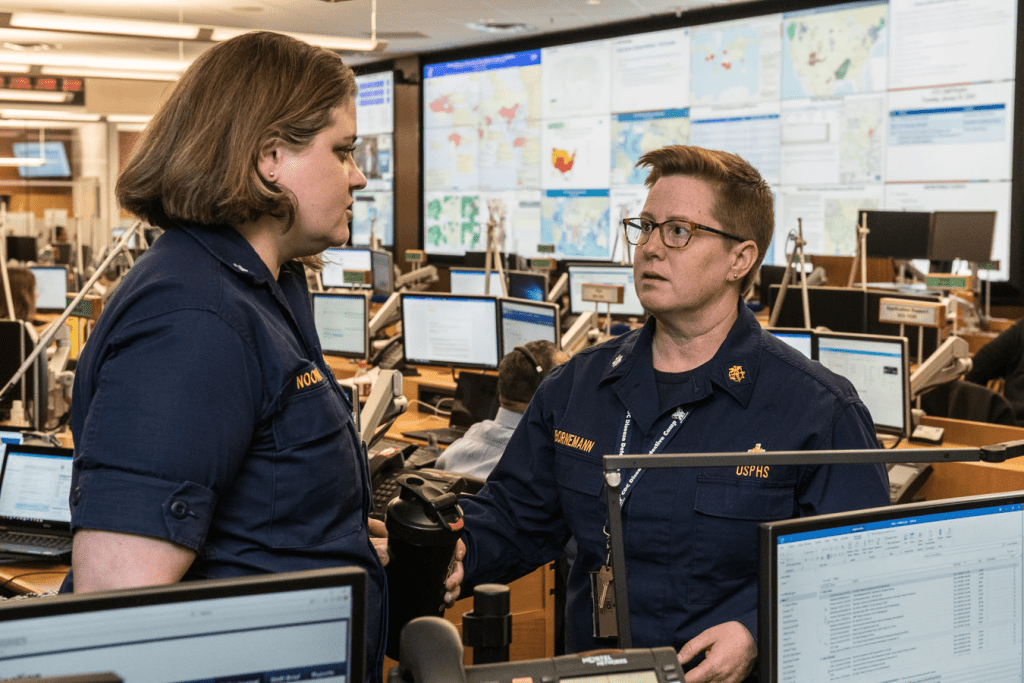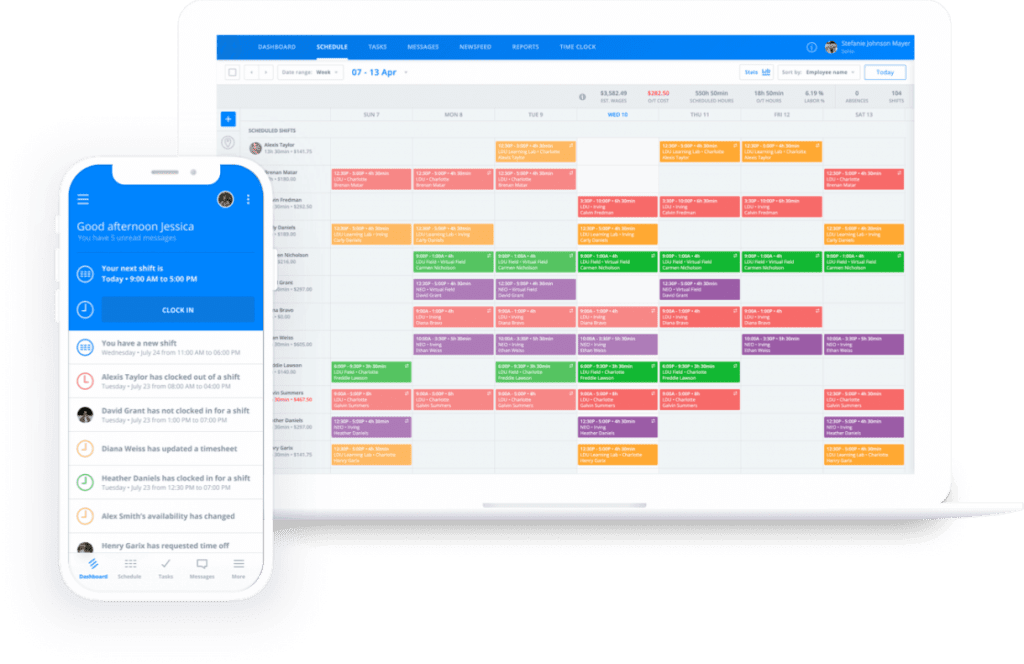Human Resource Planning: Definition, Objectives, And Steps
Human resource planning is an essential part of every successful business. Unfor...

At first glance, performance management may seem like just another part of your periodic review process — something to be discussed once or twice a year.
In reality, however, effective performance management is a powerful practice that, done right and regularly, reinforces the idea that employee performance is less an annual event and more an ongoing process.
In this article, the experts at Sling discuss performance management in detail so you can implement it successfully in your business.

Performance management is a regular, ongoing practice of communication and discussion between a business owner or manager and the employees who are part of their team.
The purpose of this communication is to support, streamline, and facilitate the organizational strategy of the business.
A robust performance management practice is composed of many parts, the most basic being:
The result of these efforts is clarity and purpose in the workplace. With a system in place, your team members will know exactly what they need to do to be successful at their jobs.
As we touched on earlier in the article, performance management is more than just a once- or twice-a-year activity to be addressed during a mid-year review.
Done right, it’s a once- or twice-a-week activity that includes updates, coaching, and feedback that make it easier for you and your team members to identify and resolve any problems that might have developed since your last meeting.
This may seem like a complicated and time-consuming process. However, while it does require a bit of time, planning, and effort to implement, once in place, it can save you and your team a great deal of time and energy.

The best way to set up a performance management practice for your team is to view it as a cycle of activity that culminates in a performance review where you summarize the discussions you and your employees have had in the intervening time.
In the previous section, we outlined five basic components of a viable process — expectations, objectives, goals, feedback, results.
These foundational elements divide nicely into the three phases of performance management:
Let’s look at those phases in detail.
The planning phase of the process revolves around communicating expectations, establishing objectives, and identifying goals.
This stage takes the most time and effort because you’re distilling a large amount of company information — from functional-, business-, and corporate-level strategy to mission statement and job description — down into a handful of performance expectations.
For best results, base your performance expectations on the goods or services the employee produces (the results) and the actions and behaviors they exhibit in the process of reaching those results.

For example, in a restaurant environment, the performance expectations you establish for your food runner might be:
Those expectations, then, lead directly into the broad objectives you set for any one particular employee.
Continuing with the food runner example, objectives may be to improve quality of presentation, to always give the customer what they want, to facilitate communication between servers and cooking staff, and to do it all with efficiency and a good attitude.
The final part of the planning stage is to translate the objectives you have for a particular employee into actionable goals they can work to achieve between now and your next meeting together.
The goals for the food runner in our example above might be:
These goals and objectives will change as the employee improves at their job, but once you’ve established a performance management process, they’ll know without a doubt what they need to do to succeed.
That, however, is not the end of the performance management process. Once the planning stage is complete and you’ve communicated the expectations, objectives, and goals to your team, it’s time to observe them on the job and check in to see how they’re getting along.

A big part of the success of your performance management process depends on observing and checking in with your employees on a regular basis.
This serves four key purposes:
As we’ve mentioned throughout this article, this phase of the performance management cycle is most effective if done more than once between appraisal meetings (e.g., the mid-year review).
For newer team members, you may choose to observe and meet with them once a week in order to build their skills faster. For more experienced team members, meeting once or twice a month to see how they’re doing and identify ways they can improve may suffice.
The observation and check-in phase is an ideal time to implement coaching and on-the-job training if necessary.
Going back to our food runner example, if the team member is new, you may choose to observe them for an hour every Tuesday and Thursday and talk with them briefly every day before or after their shift to see how everything’s going.
For a more experienced food runner, you may schedule to observe them the last Friday of the month while still touching base with them once a week.
It all depends on what works best for you, your team, and your business, but regular observation and check-in are essential for the smooth operation of your performance management process.

The review phase is the final part of an effective system. It’s an excellent time to examine past performance, evaluate current performance and job satisfaction, and make plans for the future.
Chances are, your business has some type of review phase already (it usually takes the form of employee evaluations).
But, again, for a performance management system, the review phase needs to happen more than once or twice a year.
Remember, this whole system is about strong communication between employers and employees. You can’t build the type of communication you’re looking for if you only talk with your team members in December and June.
As with the previous phase, you can customize the review phase to fit the needs of your employees and your business, but a good place to start is scheduling review meetings at least once a quarter for experienced team members and, perhaps, more often for newer members.
Meeting regularly makes it easier to fine-tune the goals you’ve set so that the employee continues to improve their skills on the job.
It’s important to note here that you don’t have to create the content for these review meetings from scratch.
As we mentioned at the very beginning of this section, the review meeting is simply a summary of all the check-ins you’ve had with the employee and a discussion of how you can both work together to make the business better.

As we’ve discussed, performance management is all about regular communication between you and your team members, coupled with periodic performance appraisals to keep your employees motivated, engaged, and doing their best.
The communication, though, cannot be random and haphazard. It must be planned and regular for your employees — and your business — to truly benefit. That takes organization and scheduling on the part of your HR department, who will be overseeing the process.
The best way to streamline the organization and scheduling necessary for an effective performance management cycle is with software like Sling.
The Sling app is a suite of tools that gives you unprecedented control over all your workforce management and optimization activities, including:
Sling even incorporates advanced artificial intelligence that warns you when conflicts exist and provides suggestions for how you can fix them.
All of that makes Sling the best choice for streamlining your performance management process and your business as a whole.
For more free resources to help you manage your business better, organize and schedule your team, and track and calculate labor costs, visit GetSling.com today.
See Here For Last Updated Dates: Link
This content is for informational purposes and is not intended as legal, tax, HR, or any other professional advice. Please contact an attorney or other professional for specific advice.
Schedule faster, communicate better, get things done.